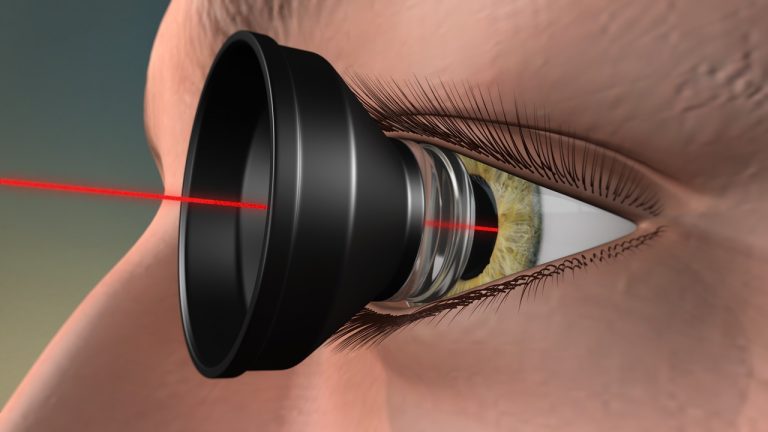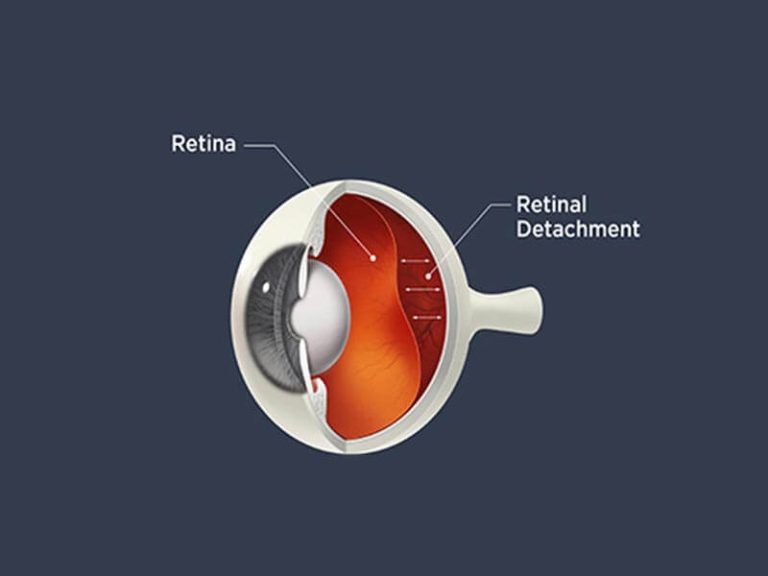Vitrectomy is a type of eye surgery that involves removing the vitreous gel from the middle of the eye. This procedure is performed to treat various eye conditions that affect the retina and vitreous.

Anesthesia: Local or general anesthesia is used

Small Incisions: Tiny cuts are made in the eye

Removal of Vitreous Gel: The vitreous gel is carefully removed

Repair: The surgeon may perform additional repairs, such as laser treatment or placing a gas bubble
Replacement: The vitreous gel is replaced with a saline solution, gas bubble, or silicone oil
Vitrectomy surgery is a vital procedure for treating severe eye conditions that can lead to vision loss. With a high success rate, it offers hope for patients with serious retinal issues. Consult your eye doctor to understand the risks and benefits specific to your condition.

Polypoidal Choroidal Vasculopathy (PCV) is an eye condition where abnormal blood vessels grow under the retina, leading to vision problems. These vessels form small, bubble-like growths called polyps. CAUSES Age: Can…

Understanding Retinal Detachment Source: ophthalmology notes and synopses Retinal detachment occurs when the retina, a thin layer of tissue at the back of the eye, separates from its underlying supportive…

Retinal surgery is often required for serious eye conditions such as retinal detachment, diabetic retinopathy, and macular holes. These conditions can lead to permanent vision loss if not treated promptly….

What is Diabetic Retinopathy? Diabetic retinopathy is an eye condition that can affect anyone with diabetes. It occurs when high blood sugar levels damage the blood vessels in the retina,…

What Are Eye Floaters and Flashes? Source: Innova Ocular Floaters are tiny clumps of gel or cells inside the vitreous, the clear gel-like substance that fills the inside of your…

Epiretinal membrane (ERM) might sound like a complicated medical term, but understanding it can help you better manage your eye health. Here’s a detailed yet easy-to-understand guide to help you…
For Clearer Vision
and quality life together.
Trusted and Leading-edge Advice From The Expert
Sign Up for Our Newsletters
get notified of the best advice for your vision’s health

Level 6, West Wing,
KPJ Ampang Puteri Ampang Puteri Specialist Hospital, Jalan Mamanda 9, Taman Dato Ahmad Razali, 68000 Ampang, Selangor, Malaysia
When you visit or interact with our sites, services, applications, tools or messaging, we or our authorised service providers may use cookies, web beacons, and other similar technologies for storing information to help provide you with a better, faster and safer experience and for advertising purposes.
Copyright © 2022 IDOC.MY. All Rights Reserved. Designed by Bigads Creative